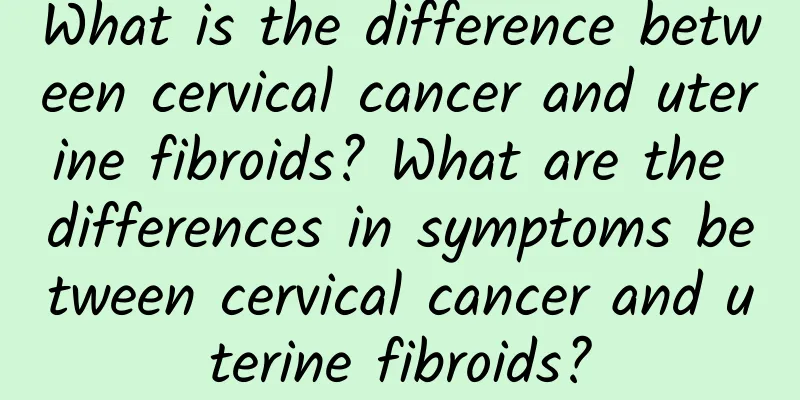What should you pay attention to after painless abortion

|
There are many things that should be paid attention to after painless abortion, mainly including adequate rest, diet adjustment, personal hygiene, prohibition of sexual life, observation of bleeding, postoperative follow-up, etc. 1. Get enough rest: You should stay in bed for 2-3 days after the operation to avoid activities that may aggravate vaginal bleeding. You can gradually increase your activity time, but you should not overwork. Ensuring adequate sleep every day will help your body recover. 2. Diet and conditioning: After surgery, the diet should be light, easily digestible, and nutritious, such as chicken, fish, lean meat, eggs, dairy products, and soy products. At the same time, eat more fresh vegetables and fruits to supplement vitamins and minerals. However, avoid eating spicy, cold, greasy, and other irritating foods, such as pepper, chili, crab, etc., so as not to irritate the body and affect recovery. 3. Personal hygiene: After surgery, the cervix has not yet completely closed, and the endometrium also has a process of repair. During this period, special attention should be paid to keeping the vulva clean and hygienic. The sanitary napkins and underwear used should be washed and changed frequently. Do not take a sitz bath for half a month after surgery to prevent dirty water from entering the vagina and causing infection. 4. Sexual intercourse is prohibited: Sexual intercourse is strictly prohibited within one month after painless abortion. Having sex too early can easily cause gynecological diseases such as acute endometritis, pelvic inflammatory disease, and even lead to secondary infertility. 5. Observe the bleeding situation: Pay attention to vaginal bleeding. If vaginal bleeding has lasted for more than a week, or is even accompanied by lower abdominal pain, fever, turbid and smelly leucorrhea, etc., you should go to the hospital for a follow-up visit in time. 6. Postoperative follow-up: After painless abortion, it is generally recommended to go to the hospital for a follow-up examination 10 days after the operation or after the menstruation is over. The main purpose is to do a B-ultrasound examination to understand the recovery of the uterus and rule out abnormal conditions such as residual uterine cavity. After surgery, you should pay more attention to keeping warm and avoid catching a cold. You should also avoid overwork to avoid affecting your recovery. You should strictly follow the doctor's instructions when taking medications, and you should not take medications without authorization to avoid adverse effects. |
<<: How to prevent recurrence of vaginitis
>>: What are the symptoms of congenital premature ovarian failure?
Recommend
Can I drink He Xiang Zheng Qi Liquid if I have constipation 24 days after ectopic pregnancy surgery?
If you suffer from constipation 24 days after ect...
How to perform surgical treatment on uterine fibroids? Common treatment methods for uterine fibroids
Uterine fibroids are the most common benign tumor...
What are the care methods for functional uterine bleeding in adolescence?
Dysfunctional uterine bleeding during puberty usu...
What are the early symptoms of bacterial vaginosis?
The early symptoms of bacterial vaginosis include...
Why are some girls' breasts as soft as bread, while others are as hard as steamed buns? Here's the answer
Xiaomei is a 25-year-old white-collar worker who ...
How to eat Mid-Autumn Festival delicacies? Four principles to get rid of the burden
The Mid-Autumn Festival is approaching, and moonc...
What are the safe abortion methods?
The best way to deal with an unexpected pregnancy...
What causes cervical warts?
Many women may not know much about cervical warts...
Sprint training has many benefits, helping to grow muscles and increase metabolism
When beginning an exercise program, the sport peo...
How long does it take for menstruation to start after ectopic pregnancy surgery?
How long does it take for menstruation to start a...
How long does it take for menopause to occur if you don't have your period?
For women over 40 years old, menopause can be con...
What to eat for irregular menstruation
What to eat if you have irregular menstruation? 1...
You won’t get fat by eating Tangyuan! Paired with sugar-free green tea or oolong tea to prevent fat accumulation
With chewy outer skin and sweet filling inside, w...
Irregular menstruation is a common gynecological disease
What are the symptoms of irregular menstruation? ...
Drinking coffee and having GERD? 5 tips to get rid of heartburn! Nutritionist: Eat more foods that repair mucous membranes and fight inflammation
We often hear in TV commercials: "Drinking c...









